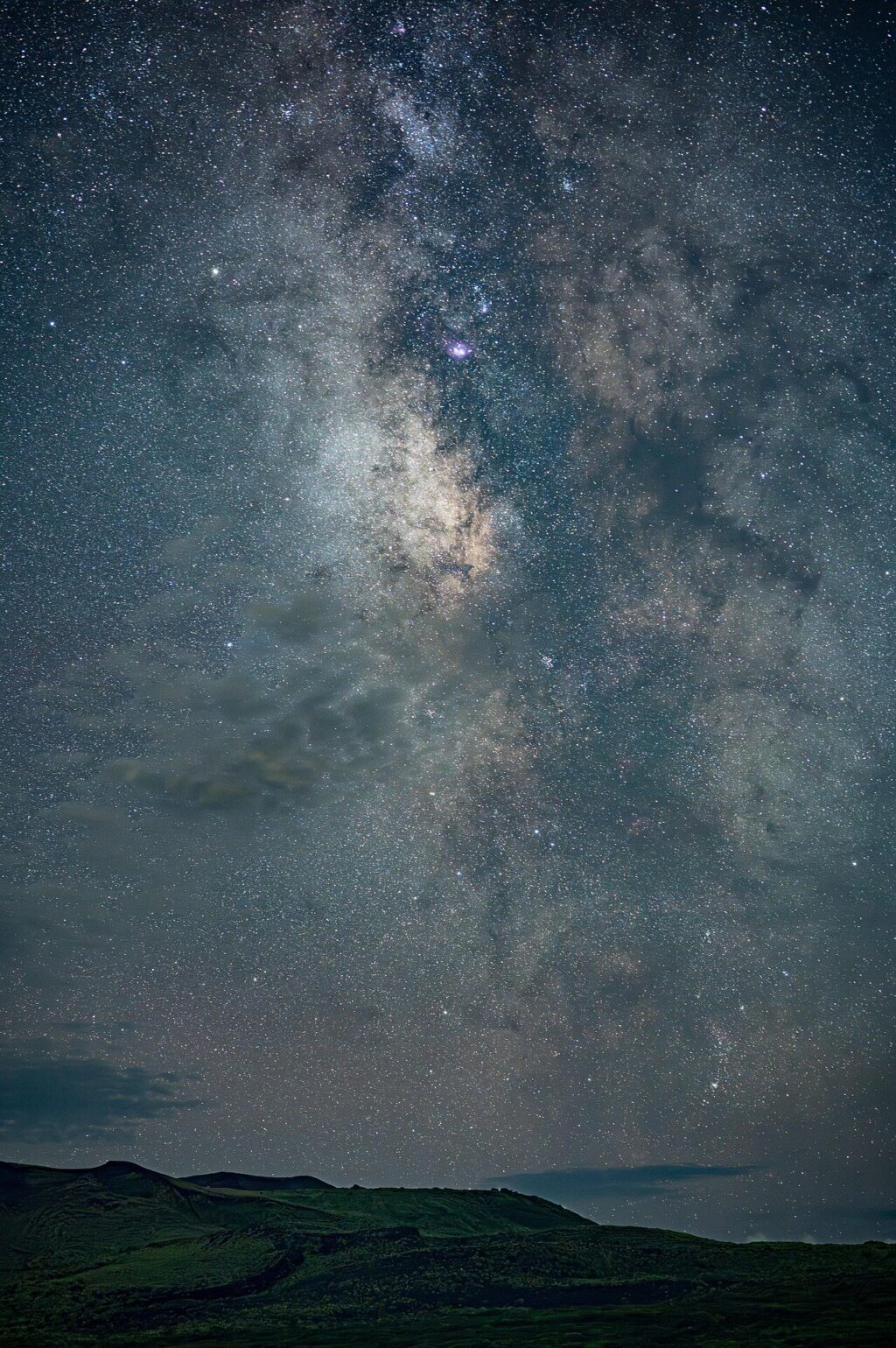
About a century ago, scientists grappled with a perceived contradiction in Albert Einstein’s theory of general relativity. Published in 1915, this theory, already widely accepted by physicists and mathematicians, assumed the universe was static—unchanging and immutable. Einstein believed the universe’s size and shape had always been constant. However, observations of distant galaxies suggested otherwise, indicating an expanding universe.
Astronomers peering into the night sky with powerful telescopes saw evidence that contradicted the static universe model. These observations hinted at a dynamic, evolving universe. Scientists soon realized that Einstein’s theory didn’t necessitate a static universe; it could also support an expanding one. Using Einstein’s mathematical framework, they developed models that depicted a universe in constant flux.
The Expanding Universe
The concept of an expanding universe can be challenging to grasp. As a physics professor, I have spent decades studying general relativity and teaching it to students. One of the most difficult aspects is overcoming the intuitive notion that the universe must have a center. However, physics tells us that this is not the case.
When we talk about the universe’s expansion, it’s crucial to clarify what that means. On Earth, “expanding” typically means something is getting larger. In the universe’s context, this translates to everything moving farther apart. Observations show that distant galaxies appear to be moving away from us, and the farther they are, the faster they seem to recede.
“It’s not so much the galaxies that are moving away from each other—it’s the space between galaxies, the fabric of the universe itself, that’s ever-expanding.”
Rethinking the Big Bang
The common analogy of the universe’s creation likened to exploding fireworks is misleading. It suggests that the universe’s expansion began from a single point, which is inaccurate. Instead, the universe’s fabric is expanding, carrying galaxies with it. A more fitting analogy is to imagine dots on a balloon’s surface. As the balloon inflates, the dots move apart, not because they are moving, but because the balloon’s surface expands.
This analogy, while helpful, has its limitations. A balloon is small and has an interior and surface, described differently in mathematical terms. The balloon’s surface is two-dimensional, while its interior is three-dimensional. In our universe, we exist in four dimensions, where space and time are intertwined into a single fabric called “space-time.”
The Fourth Dimension and Space-Time
Understanding the universe’s lack of a center requires grasping the concept of space-time. Our brains are wired to think of space and time as separate entities, but in reality, they form a unified fabric. This unification alters how the universe operates compared to our intuitive expectations.
In this context, asking “Where is the center of the universe?” is akin to asking “Where is the center of the balloon’s surface?”—there isn’t one. You could travel in any direction within the universe and never find a center because, like the balloon’s surface, it simply doesn’t have one.
“The universe exists in four dimensions. It’s not just about how things move in space, but how they move in time.”
The Ongoing Mystery of Expansion
While we’ve made significant strides in understanding the universe’s expansion, many questions remain. Scientists continue to investigate what powers this expansion and how it can continue indefinitely. The pursuit of these answers pushes the boundaries of our knowledge and challenges our understanding of the cosmos.
In exploring the universe’s center, we confront the limits of human intuition. The realization that everything is expanding everywhere, all at once, offers a glimpse into the universe’s complexity and beauty. As we continue to unravel these mysteries, we deepen our appreciation for the vast, ever-evolving cosmos we inhabit.







